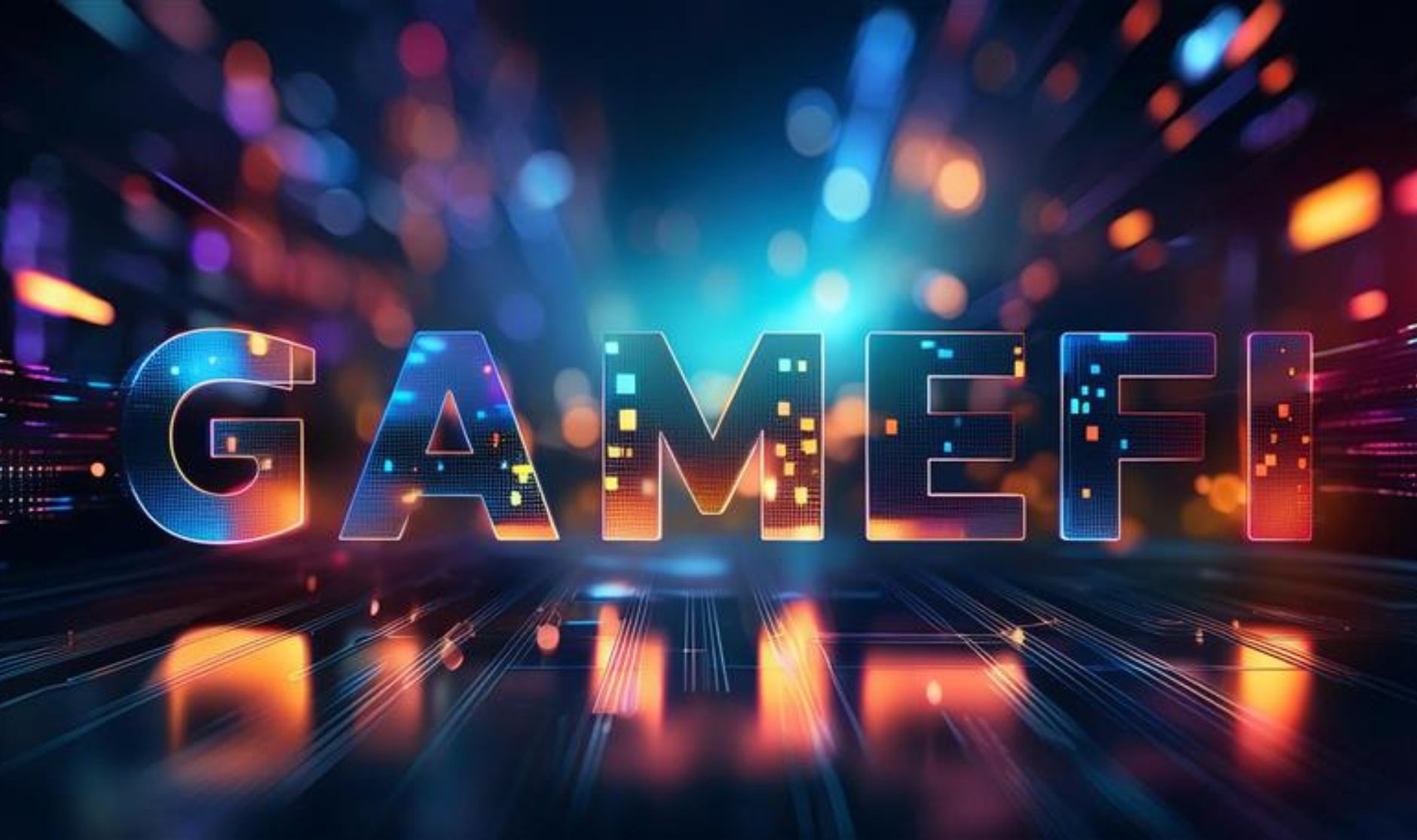Is GameFi Dead or Evolving? Trends Reshaping Blockchain Gaming
28 May 2025
5 Mins Read

- What Is GameFi?
- Why the “Play-to-Earn” Model Faced Criticism
- Signs GameFi Is Evolving, Not Dying
- Key Trends Reshaping Blockchain Gaming
- Challenges That Remain
- Onboarding Traditional Gamers
- Regulatory Uncertainty
- Scalability and UX Friction
- Avoiding Ponzinomics in Game Design
- The Future of GameFi
- Final Thoughts – GameFi’s Rebirth or Fade-Out?
GameFi isn’t dead—it’s changing fast. The old play-to-earn model didn’t work long-term. It was unsustainable and mostly about hype. Now, projects focus on gameplay first, not just tokens. And that’s better.
More games are shifting to “play-and-earn,” with fairer rewards and stable in-game economies. Big studios are watching. Some are even joining. Web3 tools are improving too. But there’s still work to do. Real adoption needs smoother onboarding and real fun. Otherwise? It stays niche.
What Is GameFi?
GameFi means gaming meets decentralised finance. It lets players earn crypto or NFTs just by playing. Sounds cool, right? These games use blockchain tech to reward time, skill, or progress.
And unlike traditional games, players can trade or sell in-game assets for real value. That’s the key difference. But not all GameFi projects are equal. Some focus too much on profit, not fun. Others offer both. Good balance matters. Tokens, NFTs, DAOs—it’s all part of the mix. Basically, it’s gaming with real-world economics. Still new. Still growing.
Why the “Play-to-Earn” Model Faced Criticism
Play-to-earn got hit with a lot of criticism. The main problem? It wasn’t sustainable. Most rewards came from new players joining, not real value created. That’s risky. And honestly, a bit ponzi-like. Once growth slowed, earnings dropped fast. Tokens lost value. People left. Plus, many games weren’t fun—just chores for crypto.
Players weren’t gamers anymore, just farmers chasing payouts. And yeah, it showed. No one wants to grind in a broken economy. Without strong gameplay or utility, the whole model fell apart. Harsh, but true. It needed more than just hype.
Signs GameFi Is Evolving, Not Dying
GameFi isn’t dead—it’s just evolving. The model is shifting, slowly but clearly. Here’s how:
- Gameplay comes first now. Projects are putting real effort into making games fun. Not just click-to-earn or token farming. Real stories, challenges, and mechanics. It’s finally about gaming again.
- Play-and-earn is replacing play-to-earn. Earnings still matter, but they’re not everything. Rewards come from skill or progress, not just holding a token. And yeah, that’s healthier.
- Tokenomics are improving. Teams are building better economic models. Less inflation. More utility. Some games even limit rewards to avoid crashes.
- NFTs have more use. In-game assets aren’t just collectibles anymore. Players can trade, upgrade, or rent them. Some even carry over between games. Crazy.
- Web2 studios are joining in. Big names are exploring Web3. Ubisoft, Square Enix, Nexon—they’re testing the waters. Slowly, but it’s happening.
- Infrastructure’s getting better. New blockchains and Layer 2s mean faster, cheaper transactions. Less gas, more play.
So no, it’s not over. It’s just changing shape. Slowly maturing. Less hype, more building. That’s a good sign.
Key Trends Reshaping Blockchain Gaming
Blockchain gaming is changing fast. New trends are shaping the space, making it stronger and more realistic.
- Better token economies. Early games printed too many tokens. Now, projects are designing models with real limits, utility, and rewards based on gameplay, not hype. It’s way more stable.
- Cross-platform assets. Some NFTs can move between games or platforms. That means players actually own stuff—not just inside one game. Big deal.
- New gaming chains. Blockchains like Immutable, Ronin, and Arbitrum are built for games. Fast, cheap, and made for scale. That’s huge for user experience.
- DAOs and player governance. Some games let players vote on updates or economy rules. It gives the community a real voice. And yeah, it’s still messy. But interesting.
- Hybrid Web2–Web3 models. Studios are blending traditional gameplay with blockchain tech. You can play without needing a wallet. Then earn or trade when you’re ready. Smoother onboarding.
- Real IPs are joining. Known brands and studios are testing Web3 games. That brings players, attention, and better quality. Not all will stick—but it helps.
So yeah, the shift is happening. Quietly, but it’s real. Less buzz, more depth. GameFi’s growing up.
Challenges That Remain
GameFi is evolving, but it’s not perfect. A few big problems still hold it back. And yeah, they’re hard to ignore.
Onboarding Traditional Gamers
Most gamers don’t use wallets or care about crypto. Asking them to set one up just to play? Big ask. Games need smoother, invisible onboarding—like social logins or gasless transactions. Some platforms even let users buy BTC with a credit card directly in-game, skipping all the crypto hassle. And that’s a step in the right direction.
Regulatory Uncertainty
Rules around tokens and NFTs aren’t clear. Some projects pause launches or avoid certain regions. That slows things down. And no one wants legal trouble.
Scalability and UX Friction
Many blockchains still lag or cost too much. Slow loading, network errors, high fees—no thanks. If it’s not smooth, players won’t stay.
Avoiding Ponzinomics in Game Design
Reward systems based only on new users joining? That’s risky. Projects now try to build real value, not just pump tokens. But it’s tricky. Balance matters.
Fixing these? Not easy. But necessary.
The Future of GameFi
GameFi’s next chapter looks more grounded—and way more interesting. The wild token pumps are fading, but better games are starting to show up. And yeah, that’s the shift we needed. Expect fewer “get-rich-quick” projects and more focus on gameplay, economy design, and user experience. Web2 studios are testing the waters. Layer 2s and gaming-focused chains make scaling possible. Players might not even know they’re using blockchain. That’s the goal.
We’ll likely see hybrid models where earning is optional, not the whole point. NFTs will offer real utility, not just collectability. And governance might actually matter—with players shaping game worlds, not just developers.
Still early. Still messy. But real progress is happening. The future? Not flashy, just better.
Final Thoughts – GameFi’s Rebirth or Fade-Out?
GameFi isn’t gone—it’s just changing lanes. The hype wave crashed, but the core idea survived. And that’s a good thing. Projects are shifting focus from fast profits to fun, utility, and long-term value. Some are still clunky, sure. But others? Way more polished now. Big studios are watching. Tech’s catching up. Players want real ownership, not just empty promises.
Will every project make it? No. But the ones building real games with real economies? They’ve got a shot. GameFi’s not dead. It’s levelling up. Slowly, but it’s happening.



















Comments Are Closed For This Article